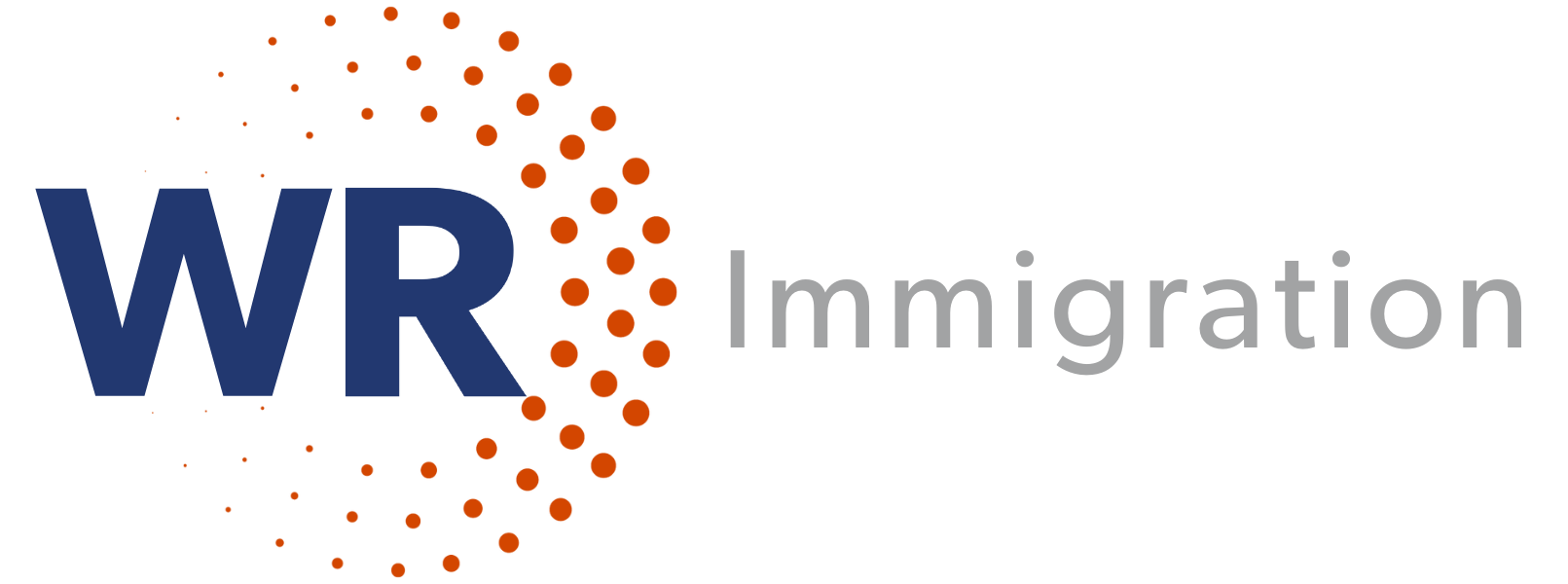At a Glance
The monthly minimum salary for the Red-White-Red Card (for key employees and university graduates) will increase starting January 1, 2020 as follows:
- Key employee applicants over 30: EUR 3,222 gross per month
- Key employee applicants under 30: EUR 2,685 gross per month
- Graduates from an Austrian university: EUR 2,416.50 gross per month
Employers of foreign nationals seeking to obtain or renew a Red-White-Red Card on or after January 1, 2020 must increase foreign nationals’ salaries to comply with the new rule.
The situation
Effective January 1, 2020, the minimum monthly salary for foreign workers in Austria will increase as follows:
| Category | Current salary requirement | New salary requirement | Percent increase |
|
Red-White-Red Card (key employee) – over 30 |
EUR 3,132 gross per month |
EUR 3,222 gross per month |
2.9% |
|
Red-White-Red Card (key employee) – under 30 |
EUR 2,610 gross per month |
EUR 2,685 gross per month |
|
|
Red-White-Red Card – graduate from Austrian university |
EUR 2,349 gross per month |
EUR 2,416.50 gross per month |
A closer look
- Existing employees. Employers of foreign nationals currently under a Red-White-Red Card need not increase foreign nationals’ salaries to comply with the new rule.
- Initial and renewal applications. Employers of foreign nationals seeking to obtain or renew a Red-White-Red Card (for key employees and University Graduates) on or after January 1, 2020 must increase foreign nationals’ salaries to comply with the new rule. Immigration applications that do not meet the minimum salary will be refused.
- Pending applications. Employers of foreign nationals with pending applications as of January 1, 2020 need not increase foreign nationals’ salaries to comply with the new rule.
- Unaffected categories. For the Short-Term Work Permit, the Short-Term Secondment Permit, the EU Intracompany Transferee (ICT) Permit and the Red-White-Red Card for professionals in shortage occupations, applicants and permit holders must meet the salary rate per the applicable collective bargaining agreement for the position. This requirement is not affected by the current changes. Employers are advised to monitor changes in collective bargaining agreements to ensure compliance.
Reminders on other requirements
- Collective bargaining agreement. As before, salaries must also meet the salary rate set by collective bargaining agreement for the proposed position, if applicable. Exact figures depend on the company industry and the foreign worker’s qualifications and experience.
- 14 payments per year. As before, salaries must be paid per the above listed amounts 14 times per year in general (applicable to local hire permits).
- Currency. As before, employers are required to guarantee the salary in EUR regardless of payroll location and/or exchange rate fluctuations.
- Dependents. In case of accompanying dependents, the foreign worker’s income must be sufficient to provide for the family: EUR 1,472 gross per month for married couples and an additional EUR 149.15 for each child.
Background
Austria increased the salary thresholds by an average of two percent for 2017 and 2018, and of 1.7 percent in 2019. The annual salary increase for Red-White-Red Cards is linked to annual social security adjustments.
Salary increases between one and 10 percent are normal in Europe, typically seeking to keep the salary level aligned with the cost of living.
Looking ahead
We will report on Austria’s new EU Blue Card minimum salary levels when they are announced in the next few weeks.
Wolfsdorf Rosenthal LLP keeps their clients apprised of immigration resources around the world. Subscribe to our Newsletter to stay in the know about immigration news and resources from around the world. Should you have any questions or for case specific information, please contact a Wolfsdorf Rosenthal immigration attorney or email the WR Global Immigration team Global@Wolfsdorf.com


